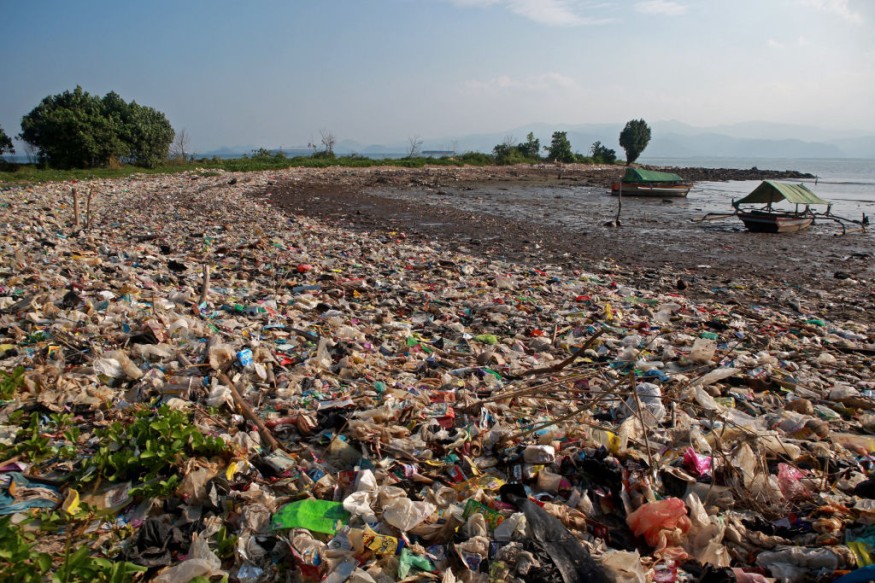Recent research showed that artificial rocks or plastiglomerates on beaches significantly impact oceans and aquatic animals.
Plastic pollution has been a significant problem due to environmental impacts on biodiversity and animals.
The website of the United Nations Environment Programme (UNEP) reported that plastic pollution is considered a global concern due to increasing production.
Recently, Nature World News (NWN) reported the top 4 plastic waste that can be found and polluted the world's beaches.
According to Newsweek's report, the Ocean Conservancy report revealed that most of the plastics collected were plastic bags, food wrappers, beverage bottles and cigarette buds.
As plastic waste continued to spread and pollute, different types of plastic formation could emerge like plastiglomerate rock.
According to Scientific Reports, the researcher looked into the plastiglomerate rock plastic impact on oceans and beaches.
Plastiglomerate refers to sediment, sand grains, plastic and natural debris that form a plastic rock. The said plastic can create when burned on beaches forming like a rock.
Plastiglomerate impact on oceans, beaches

The study managed to collect 25 field samples from Panjang Island in Indonesia that showed the melted plastics could cause environmental risks to coral reefs and coastal areas.
The report was also published in Science Daily and Phys.org by a research team from Indonesia and Germany at Kiel University.
Furthermore, the study said that the pollutants affecting the corals and marine organisms could harm the health of oceans.
The emergence of plastiglomerates can affect the world's seas because they are more exposed to sunlight and waves, allowing them to enter into oceans.
The report explained the importance of proper plastic disposal on beaches to avoid the possible formation of artificial rocks or Plastiglomerates.
Based on the study published in Scientific Reports, the study can help understand the new debris and develop better marine conservation in tropical ecosystems.
Moreover, it highlighted that the first case of plastiglomerates was found in Hawaii beaches. Other researchers also began to look into the impact of artificial rock, especially in England and Japan.
Impact of microplastics
In the recent Nature World News report, researchers discovered that microplastics could harm turtles nesting productivity.
The Frontiers in Marine Science study found that microplastics could alter sand temperatures and properties. The researchers raised concerns about the effect on incubating sea turtles that are sensitive to temperature changes.
The higher concentrations of plastics on beaches or san properties could result in more risk.
Did you know? Plasticosis disease
On the other hand, plastic pollution has been the main culprit in severe injuries in seabirds, called the disease Plasticosis.
The study was published in Journal of Hazardous Materials. The researchers found that plastic debris can seriously damage the digestive tracts of seabirds.
Due to plastic scars, seabirds can find it difficult to survive, leaving them to starve to death.
Furthermore, seabirds could likely suffer from viral infection from untreated scars.
Also Read : About 200 Million People Under Flooding Threat Due to Plastic Pollution, New Research Warns
Related Article : Increasing Plastic Pollution Likely to Reduce by 80% by 2040 if Countries Observe Solution-Based Practices
For more similar, don't forget to follow Nature World News.
© 2025 NatureWorldNews.com All rights reserved. Do not reproduce without permission.





